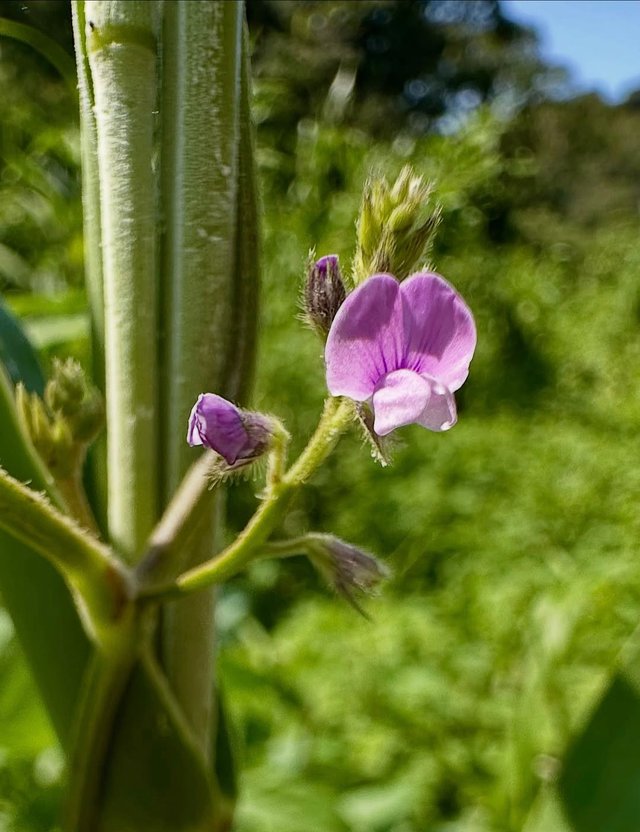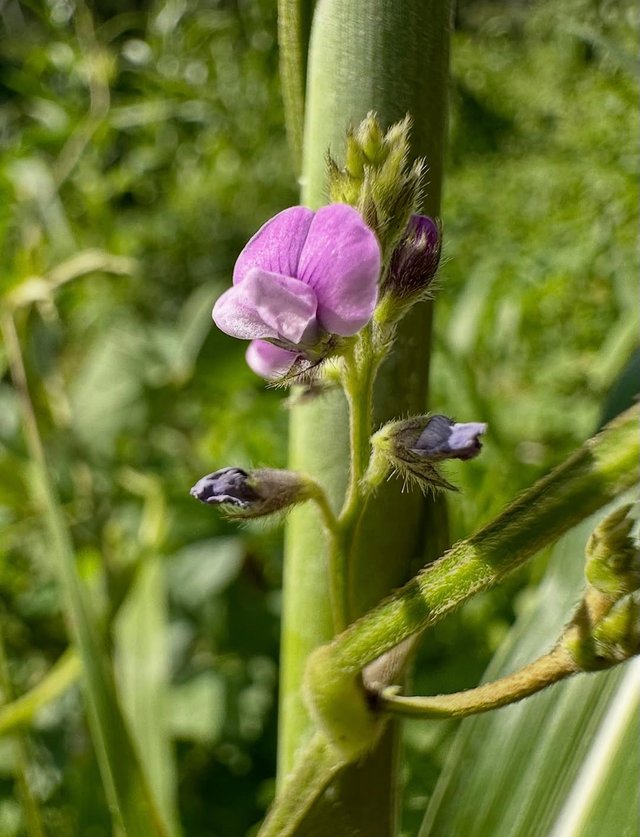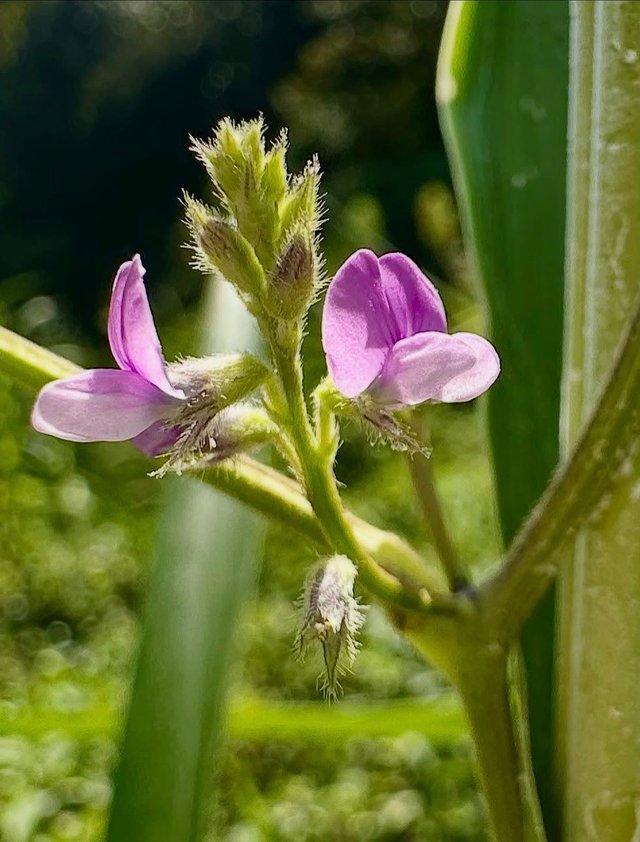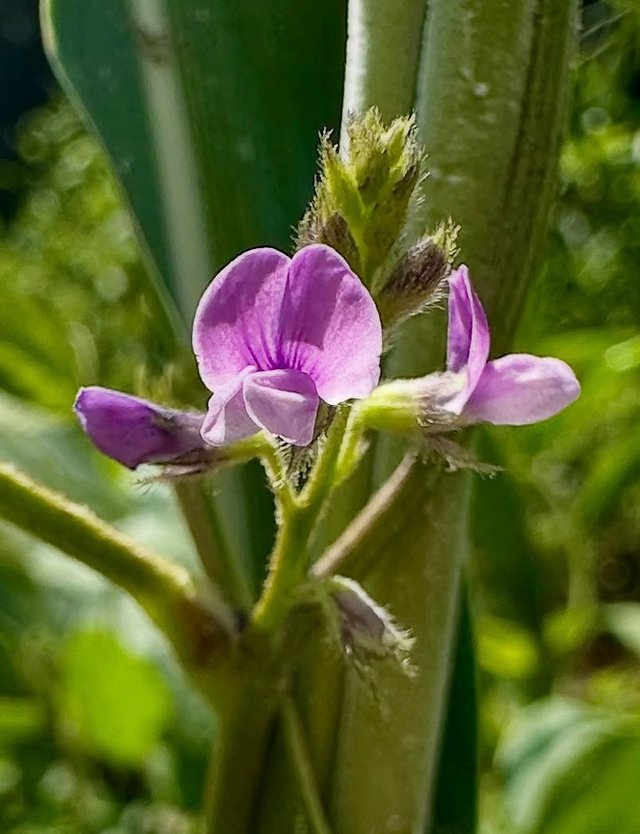Glycine soja
Glycine soja commonly known as wild soybean it is recognized as the wild ancestor of the cultivated soybean Glycine max it is native to East Asia particularly China Japan Korea and parts of Russia where it grows naturally in fields grasslands riverbanks and forest edges the plant is a twining vine that can reach up to two meters in length using its climbing stems to attach and spread over surrounding vegetation the leaves are trifoliate with three ovate to lanceolate leaflets that are green and slightly hairy which help reduce water loss and protect the plant from pests during the flowering season which occurs in summer Glycine soja produces small clusters of purple to pink pea-like flowers that are typical of legumes.
And these blooms are followed by short hairy pods containing one to four seeds the seeds are generally smaller and harder than those of cultivated soybean and vary in color from brown to black Glycine soja plays an important role in agriculture genetics and ecology because it is the closest wild relative of the cultivated soybean it contains a rich source of genetic diversity that plant breeders use to improve disease resistance pest tolerance drought adaptation and nutritional qualities in commercial soybean varieties its resistance to various biotic and abiotic stresses makes it a valuable genetic reservoir for ensuring global food security the plant also contributes ecologically by fixing nitrogen into.
The soil through its symbiotic relationship with rhizobium bacteria in its root nodules this improves soil fertility and benefits surrounding vegetation in addition to its agricultural importance Glycine soja has traditional uses in some East Asian cultures the seeds have been used as food in times of scarcity although they require thorough processing due to their hard seed coat and strong flavor the plant also serves as forage for livestock and provides habitat and food for wildlife especially insects and birds that feed on its seeds and flowers Glycine soja prefers full sun and thrives in a wide range of soils but it grows particularly well in moist fertile and well-drained areas.



